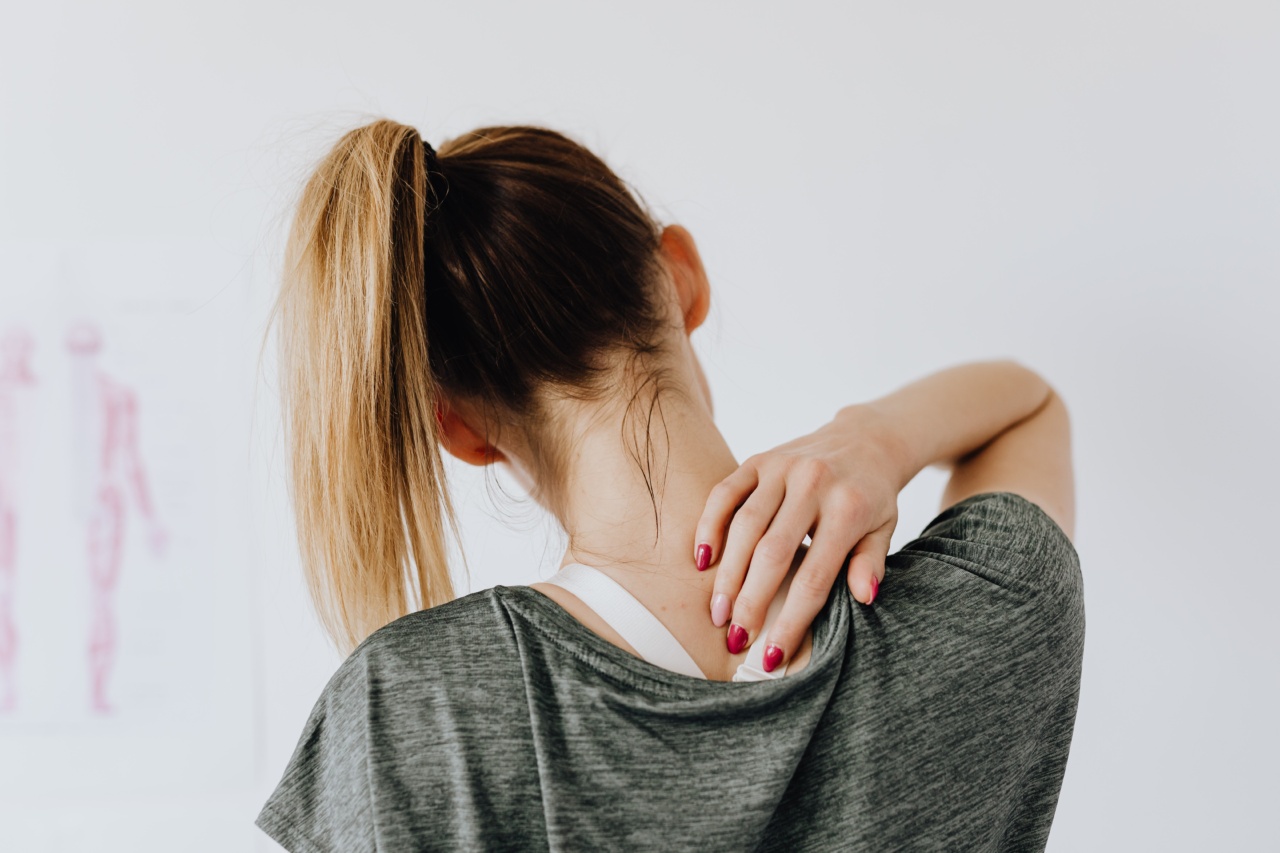One of the most common causes of back pain is poor posture. Slouching or sitting in a hunched position for long periods of time can put strain on your back muscles and lead to discomfort.
To maintain good posture, sit up straight with your shoulders back and relaxed. Keep your feet flat on the floor and use a chair with proper lumbar support. Avoid crossing your legs or sitting for too long without taking breaks to stretch and walk around.
Step 2: Exercise Regularly
Regular exercise is essential for maintaining a healthy back. It helps strengthen the muscles that support your spine and improve flexibility. Choose exercises that target the core muscles, such as pilates or yoga.
Additionally, incorporate low-impact aerobic exercises like swimming or walking into your routine to improve overall fitness. Be sure to warm up before exercising and use proper form to avoid injury.
Step 3: Lift Properly
Improper lifting techniques can strain your back and cause pain. When lifting heavy objects, bend your knees and use your leg muscles instead of your back. Hold the object close to your body and avoid twisting while lifting.
If an object is too heavy, ask for assistance or use lifting aids to avoid unnecessary strain on your back.
Step 4: Practice Stress Management
Stress can exacerbate muscle tension and contribute to back pain. Practice stress management techniques such as deep breathing exercises, meditation, or taking regular breaks to relax.
Engaging in activities you enjoy and getting enough sleep can also help reduce stress levels. Remember to prioritize self-care to avoid unnecessary tension and strain on your back muscles.
Step 5: Maintain a Healthy Weight
Carrying excess weight can put strain on your back and increase the risk of developing back pain. Maintain a healthy weight through a balanced diet and regular exercise.
Eating a nutritious diet high in fruits, vegetables, and lean proteins can help prevent weight gain and support overall health. Consult with a healthcare professional to determine a healthy weight for your body type and make any necessary lifestyle adjustments.
Step 6: Use Proper Ergonomics
Whether you’re working at a desk, using a computer, or lifting heavy objects, it’s important to maintain proper ergonomics to prevent back pain. Ensure that your workspace is arranged in a way that promotes good posture.
Adjust your chair, keyboard, and monitor to the appropriate heights to reduce strain on your back and neck. Use ergonomic tools and equipment to support your body’s natural alignment and prevent discomfort.
Step 7: Seek Professional Help When Needed
If you’re experiencing persistent or severe back pain, it’s important to seek professional help. A doctor or a physical therapist can evaluate your condition, provide proper diagnosis, and recommend appropriate treatments.
They may suggest exercises, manual therapy, or other interventions to alleviate your pain and prevent future episodes.






























